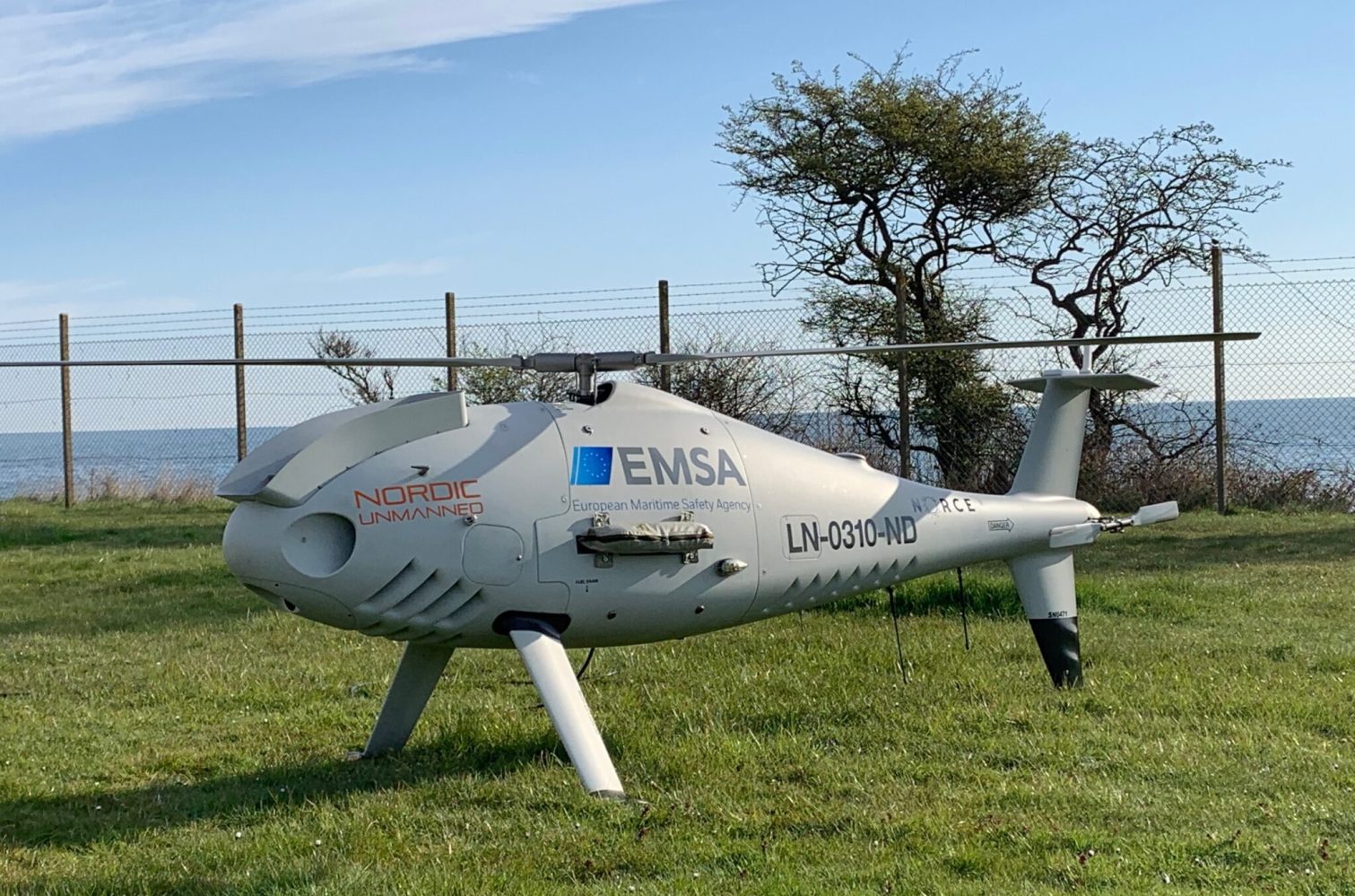
The European Maritime Safety Agency (EMSA) has kicked off a large-scale emissions monitoring campaign in the Baltic Sea this week. As part of the project, drones are being deployed through Germany to remotely measure the sulfur content in ships’ exhaust plumes and detect violations of the applicable limits.
According to the Baltic Sea Emission Control Area (SECA), the sulfur content in a ship’s fuel must not exceed the level of 0.10%.
So, over the next three months, Norway-based drone manufacturer Nordic Unmanned’s CAMCOPTER S-100 aircraft will fly over selected ships operating in the German Fehmarn Belt and the Kadetrinne/Kadetrenden to determine whether they are complying with the IMO 2020 sulfur and nitrogen oxide regulations. Should vessels be found utilizing fuel with a sulfur concentration greater than 0.10%, they will likely undergo further investigation, such as an inspection at the next port of call.
In the meantime, the emission-monitoring drone will also acquire visible and infrared aerial imagery for hydrographic surveying purposes.
For shallow waters, bathymetric values can be extracted from images. Moreover, imagery allows for three-dimensional mapping of the shore zone. The drone survey campaign will investigate whether aerial imagery can provide complementary information for the German hydrographic surveying service.
Nordic Unmanned says it is providing live drone feed through EMSA’s RPAS Data Centre, so end users can follow the operations remotely. The company was contracted by EMSA to complete a similar project last year in Lithuania.
Read more: Accidental listing reveals every last detail about DJI Mini 3 Pro drone
FTC: We use income earning auto affiliate links. More.





Comments